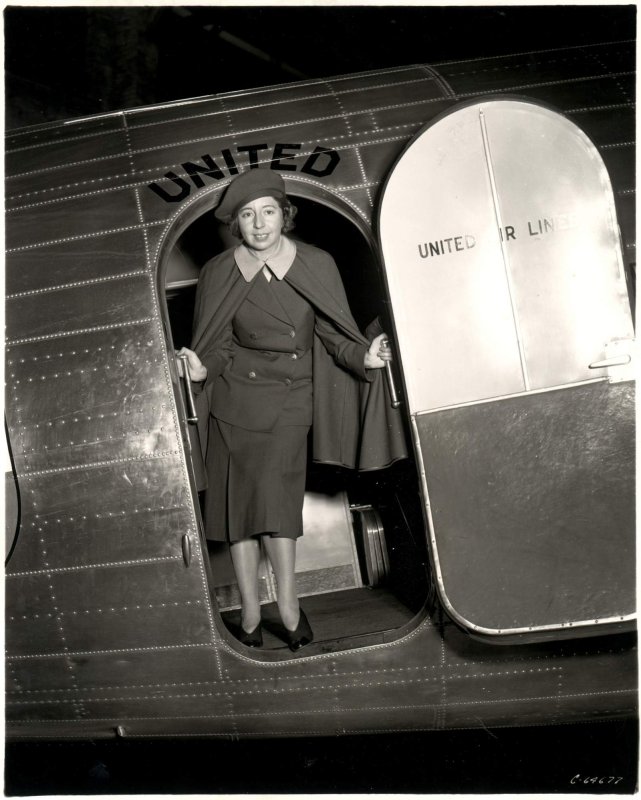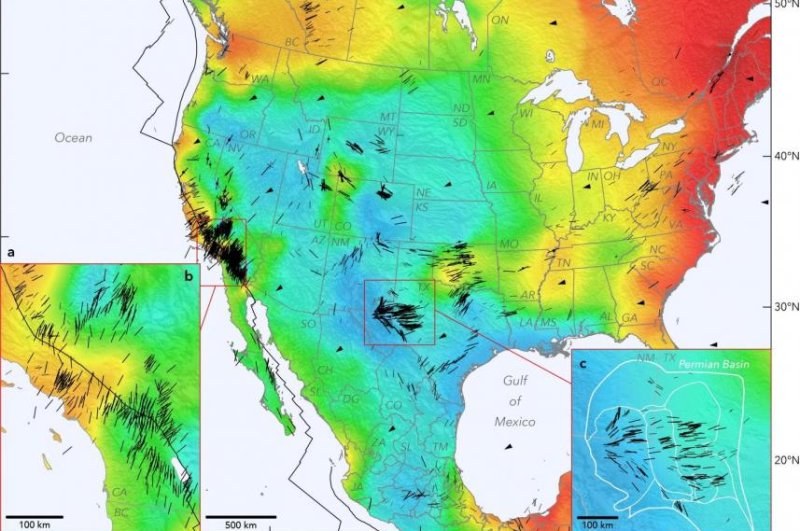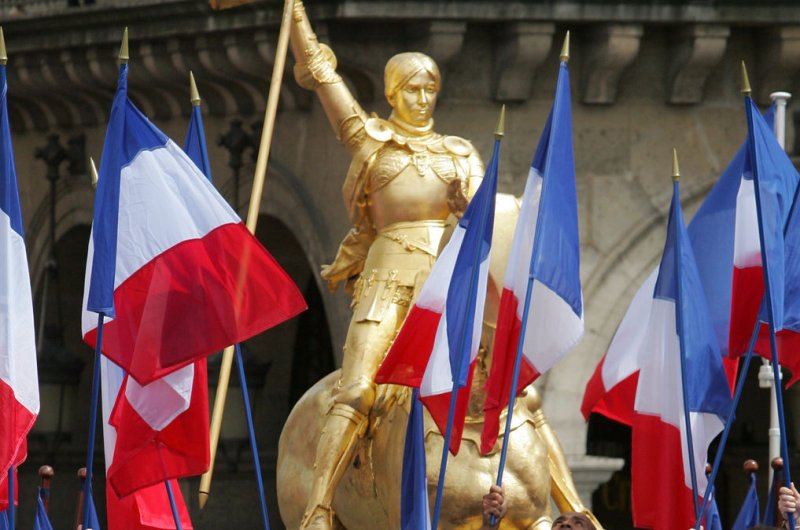From producer to wearer -- lifecycle of the humble face mask
 AFP / Fredrik LernerydRules and regulations differ across the globe -- but masks play a big role in the fight to limit virus contagion
AFP / Fredrik LernerydRules and regulations differ across the globe -- but masks play a big role in the fight to limit virus contagion
The humble mask has become a universal symbol of the new coronavirus pandemic and a crucial means of limiting contagion.
But where do they come from? Where are they mandatory? What do they cost and where do they end up?
Contrasting cover-up rationales
Wearing a mask has been quite common in much of eastern Asia since the SARS epidemic of 2002-2003 made it a "daily, recreational, personalised" item, says medical anthropologist Christos Lynteris.
 AFP / MIGUEL MEDINACuban Doctor Roberto Arias Hernandez, dons his mask prior going to work at the Maggiore Hospital near Milan
AFP / MIGUEL MEDINACuban Doctor Roberto Arias Hernandez, dons his mask prior going to work at the Maggiore Hospital near Milan
In Japan, wearing surgical style masks is common in winter and spring, both as a means of protecting oneself and others from infection.
In contrast, in Europe wearing one has been rare -- in France, the post-revolution spirit of enlightenment means a "citizen presents himself face uncovered in public spaces", anthropologist Frederic Keck told Le Monde.
Lack of familiarity is evidenced by the number of people who wear them in unorthodox fashion -- under the chin or with the nose uncovered.
 AFP / AHMAD AL-RUBAYEA masked member of the Iraqi security forces on duty at Baghdad's Tahrir Square -- some shoppers were spotted handing their masks to others about to go inside after leaving a store
AFP / AHMAD AL-RUBAYEA masked member of the Iraqi security forces on duty at Baghdad's Tahrir Square -- some shoppers were spotted handing their masks to others about to go inside after leaving a store
Further afield, in Iraq, AFP witnessed some shoppers leaving a store passing their masks on to those about to go inside...
Rules... and reticence
In around 50 countries, wearing a mask is currently mandatory nationwide. Others require one in some zones and still others simply recommend using one.
In the United Arab Emirates, eschewing one means a fine of around $200 while in Chad the punishment is arrest and up to 15 days in jail.
 AFP / Robert ATANASOVSKIMuslim worshippers, some wearing masks, some not, in North Macedonia
AFP / Robert ATANASOVSKIMuslim worshippers, some wearing masks, some not, in North Macedonia
In the US town of Stillwater, Oklahoma, the mayor dropped an order insisting on masks in shops after some residents, seeing an infringement of civil liberties, threatened store employees.
Austrians have been more compliant with demands to don masks both in stores and on public transport -- the latter requirement is now in force in France.
At the outset of the pandemic, French authorities indicated facial protection was not necessary -- stocks were in any case in short supply.
Mind the production gap
Supply has been a major problem -- the bulk of production being Asian in origin with China producing around 50 percent of global stocks of surgical varieties.
 AFP / GEORGES GOBETPeople wearing face masks carry a fridge home in Bordeaux, France, after their country began progressively easing a two-month lockdown
AFP / GEORGES GOBETPeople wearing face masks carry a fridge home in Bordeaux, France, after their country began progressively easing a two-month lockdown
With the pandemic starting in China, the country felt bound to distribute on home soil first.
"Once the need for masks in China exploded our subcontractor firms in China no longer had the right to export," David Guiho of French specialist protective equipment group Delta Plus told AFP.
When Chinese exports did resume demand was frantic, leaving major shortages from Italy and Spain to Egypt.
"With globalisation we got carried away thinking there would always be (trade) flows between countries. With this crisis we found everyone turned in on themselves," Stephane Billon, a health affairs economist, told AFP.
Costly cover
Given the demand, prices soared -- some 25 times over in Lebanon, according to unions involved with medical imports.
Two firms in South Africa -- Sicuro Safety and Hennox Supplies -- found themselves having to explain to competition authorities why they had raised prices as much as 1,000 percent.
In Iraq, "a 50-pack of surgical masks cost between 2,500 or 3,000 Iraqi dinars (around $2.50) before. Today, they cost 30,000 dinars," Baghdad pharmacist Sayyed Ali told AFP.
Price gouging sparked a welter of counterfeit versions available online -- but there were also thefts of stocks from chemists' and hospitals.
China cranked up production and exported more than 21 billion masks between early March and April 25 while firms across the globe switched production to make their own contributions.
 AFP/File / Haidar HAMDANIBlue, white or none at all -- a man waits for a repatriation flight to Kuwait for Najaf International Airport earlier this month after first going through quarantine in Iraq's shrine city
AFP/File / Haidar HAMDANIBlue, white or none at all -- a man waits for a repatriation flight to Kuwait for Najaf International Airport earlier this month after first going through quarantine in Iraq's shrine city
Some 20 Moroccan firms rolled their sleeves up and have been cranking out 10 million per day, says Industry Minister Moulay Hafid Elalamy.
The French government requisitioned production at local firms and large companies diversified to lend a hand.
Paris also decreed a ceiling unit price of 95 cents ($1) -- Italy set the bar at 50 cents.
Moroccan small retailers make them available for just 8 cents, thanks to a special emergency fund subsidy set up by the king.
In Israel, FFP2 grade masks - offering higher protection than basic surgical models spiked to 70 shekels (some $20) but have come down to barely a third as much after the finance ministry intervened. A basic surgical model costs about 80 euro cents.
The price gyrations have prompted many people to make their own out of basic fabric, not least in Egypt, where the government made wearing masks obligatory in public places last month.
Such masks are a boon for the likes of supermarket workers.
In Brussels, Olivier Bruynincx is meanwhile working "seven days a week, almost day and night to repair sewing machines" which are suddenly once more in vogue.
Use and throw
Many countries lack clear guidelines on how to dispose of masks. Many are thrown out with household rubbish.
 AFP/File / Bridget BENNETTBiking, masked, down an eerily quiet quiet Las Vegas Strip in early May
AFP/File / Bridget BENNETTBiking, masked, down an eerily quiet quiet Las Vegas Strip in early May
French recycling firm Citeo France advises "throwing handkerchiefs, masks and gloves into a resistant plastic bag."
That should be closed carefully and kept overnight before being thrown into the dustbin and ultimately taken off for incineration.
The not very green downside -- a very intensive use of plastic bags.
 AFP / Amir MAKAR, Marina PASSOS, Christina ASSIJust don't leave do what someone did here in Larnaca, Cyprus, and leave your protective gear on the beach -- many masks contain polypropylene and will take years to degrade
AFP / Amir MAKAR, Marina PASSOS, Christina ASSIJust don't leave do what someone did here in Larnaca, Cyprus, and leave your protective gear on the beach -- many masks contain polypropylene and will take years to degrade
In many countries, masks simply end up in the street or the countryside.
In Hong Kong, Greenpeace in March complained vast numbers are simply thrown aside in parks while the OceansAsia association says it has spotted many on Chinese beaches.
Such cavalier disposal is environmentally harmful as many surgical masks contain polypropylene, a dense material which degrades over countless decades "either in landfill or the ocean", warns Earth.org.
 AFP / VALERIE MACONEven graffiti artists have weighed in with mask 'messages,' such as this one at freshly reopened Venice Beach, California
AFP / VALERIE MACONEven graffiti artists have weighed in with mask 'messages,' such as this one at freshly reopened Venice Beach, California
To limit the ecological damage scientists are seeking ways to decontaminate surgical masks to allow repeated use, including washing at a high 95 degrees Celsius and in a steam chamber allowing sterilisation.
Another ploy under review to kill off lingering microorganisms is gamma ray irradiation.
burs-jug-lem/aue/tq/cdw/har























